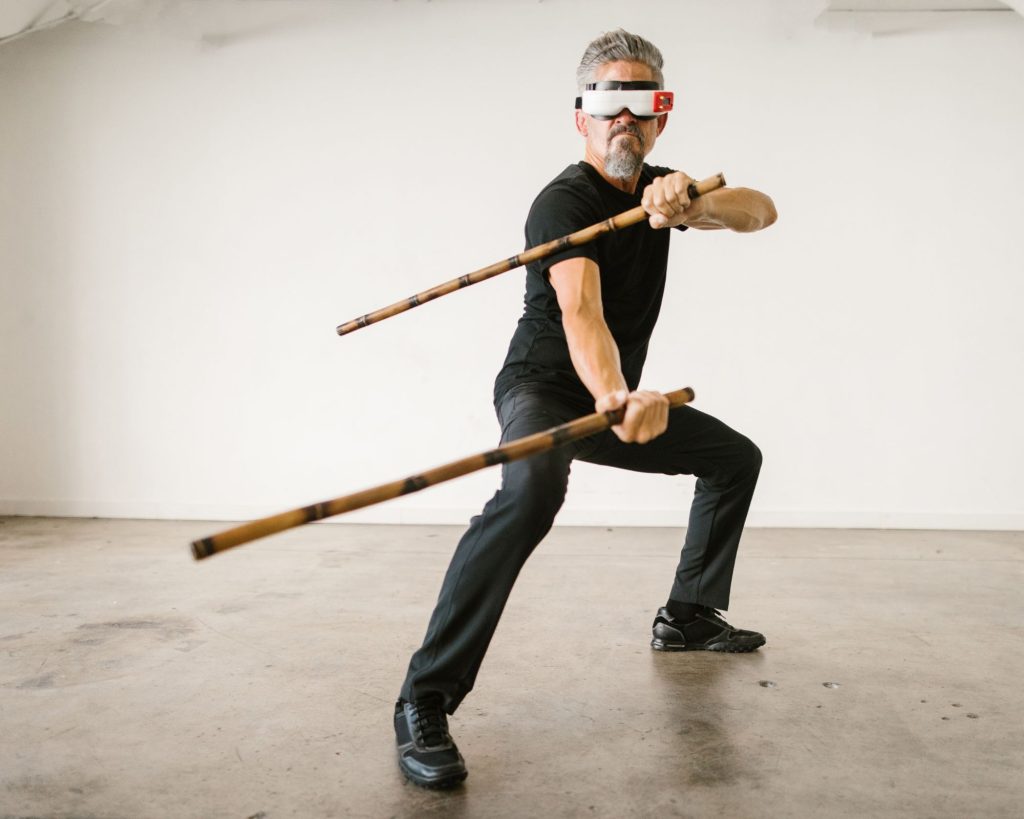
Stick fighting, an ancient form of martial art, has been practiced in various cultures throughout the world for centuries. European stick fighting, also known as cane fighting, is one of the lesser-known traditions within this martial art form.
However, it has played an important role in the history of European self-defense, and is still practiced by a small but dedicated group of enthusiasts today.
So for our article today, we'll be looking into this topic and more.
History of European Stick Fighting

In Europe, stick fighting was primarily used as a form of self-defense during the 18th and 19th centuries. Walking canes were a common accessory for the upper class and provided a discreet means of self-defense against muggers and other attackers.
As such, walking canes were often specifically designed for self-defense, with hidden blades or weighted ends to increase their effectiveness in combat.
With the emergence of mass-produced canes in the 19th century, walking canes became widely available to people of all classes, and stick fighting became an accessible form of self-defense for the general public.
Stick fighting was also used as a form of entertainment, with fencing masters staging public performances to demonstrate their skill and entertain the crowds.
Although cane fighting has largely fallen out of use as a practical self-defense technique, it continues to be practiced as a sport and a martial art.
Today, there are many different styles of European stick fighting, each with its own unique techniques and training methods.
By studying the history and techniques of European stick fighting, martial arts practitioners can gain a deeper understanding of the evolution of self-defense and martial arts as a whole.
Techniques of European Stick Fighting

European stick fighting involves a variety of techniques and strategies, with a focus on fluidity and speed.
Some common techniques include the "pass," in which the fighter steps to the side to avoid an attack and then counter-attacks with a strike to the opponent's head or body.
There is also the "beat," in which the fighter uses their cane to deflect the opponent's strike before launching a counter-attack.
The "draw" is another common technique, in which the fighter draws their cane back and then quickly strikes the opponent before they have a chance to react.
Other techniques include the "lunge," in which the fighter steps forward and strikes their opponent with the tip of their cane, and the "feint," in which the fighter makes a fake attack to distract their opponent before launching a real attack from another angle.
As in other forms of martial arts, footwork and stance are also crucial elements of European stick fighting. Fighters must maintain a balanced and stable stance while remaining light on their feet, allowing them to move quickly and avoid attacks.
Training in European stick fighting typically involves both solo practice and partner drills, with fighters practicing various strikes, blocks, and counters until they become second nature.
Sparring with a partner is also an important part of training, allowing fighters to practice their techniques in a simulated combat situation.
The Future of European Stick Fighting

In recent years, there has been a renewed interest in traditional European stick fighting methods, with many practitioners seeking to uncover and preserve these historical styles.
This has led to a resurgence in stick fighting competitions, with events like the Stick Fighting World Championship drawing large crowds and talented athletes from around the world.
As stick fighting continues to evolve and adapt to modern contexts, it is important to remember the roots of these practices and the cultural heritage that underpins them.
By studying traditional methods and incorporating them into modern training, practitioners can gain a deeper understanding of the principles behind stick fighting and develop a greater appreciation for the cultural significance of these practices.
As with any contact sport, safety is paramount in stick fighting. While the use of protective gear such as helmets and padding can help mitigate the risk of injury, proper training and technique are equally important.
It is crucial for practitioners to receive guidance from experienced instructors who prioritize safety and emphasize the importance of proper form and control.
In addition to being a dynamic and challenging physical activity, stick fighting can also offer mental and emotional benefits.
The discipline required to master stick fighting techniques can help improve focus, discipline, and resilience, while the social aspect of training and competing can provide a sense of community and camaraderie.
The Wrap-Up

In conclusion, traditional European stick fighting methods offer a rich and complex history that can provide valuable insights for modern practitioners.
By embracing these historical styles and combining them with contemporary training methods, we can ensure that the cultural heritage of stick fighting is preserved for generations to come.
Additionally, the physical and mental benefits of stick fighting make it a rewarding and fulfilling pursuit for those looking to challenge themselves and improve their overall health and well-being.
[author-box-jpx-fitness]
